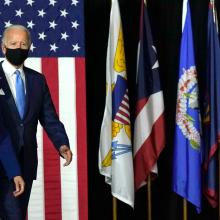Country Coordinator - World-at-Large - Consular Affairs Liaison Subcommittee (CAL)
Position: Country Coordinator - World-at-Large Committee: Consular Affairs Liaison (CAL) Subcommittee of the Education Abroad Regulatory Practice Committee (EA RP) Term Dates: Two-year term, renewable once The CAL Subcommittee of the EA RP Committee is charged with developing relationships with visa
Read More

